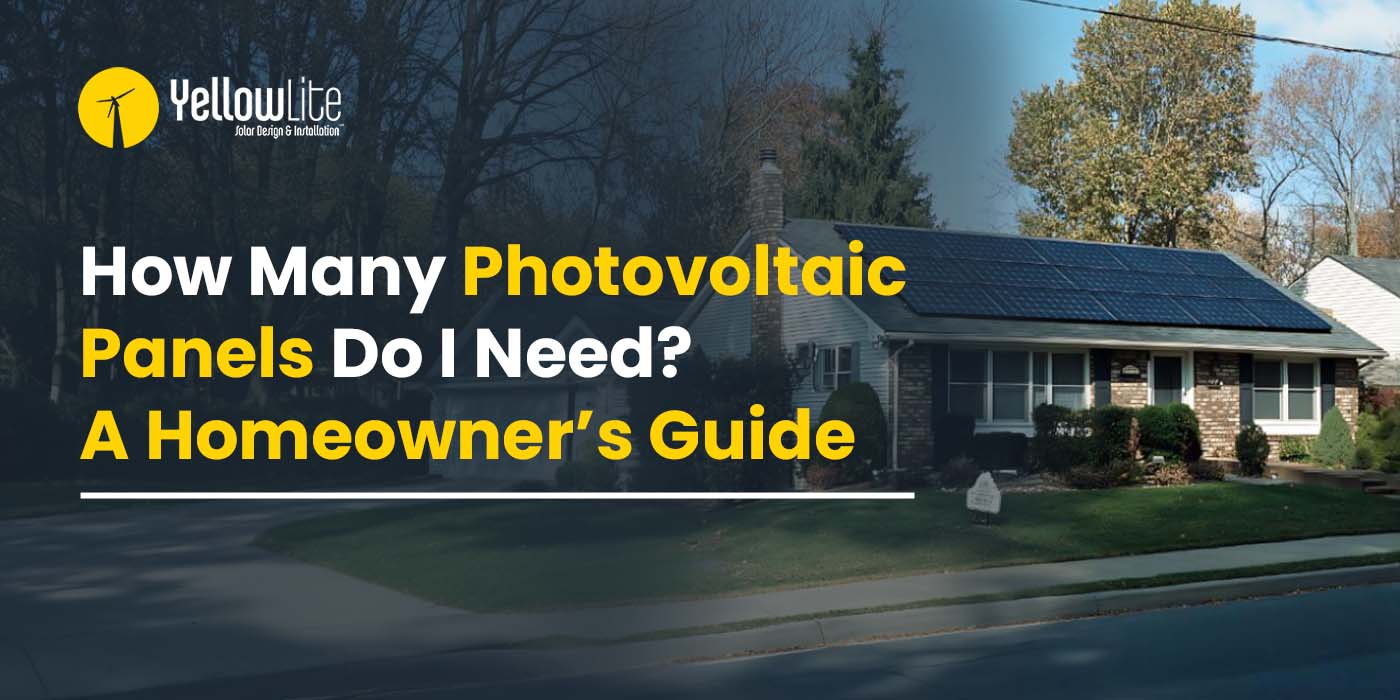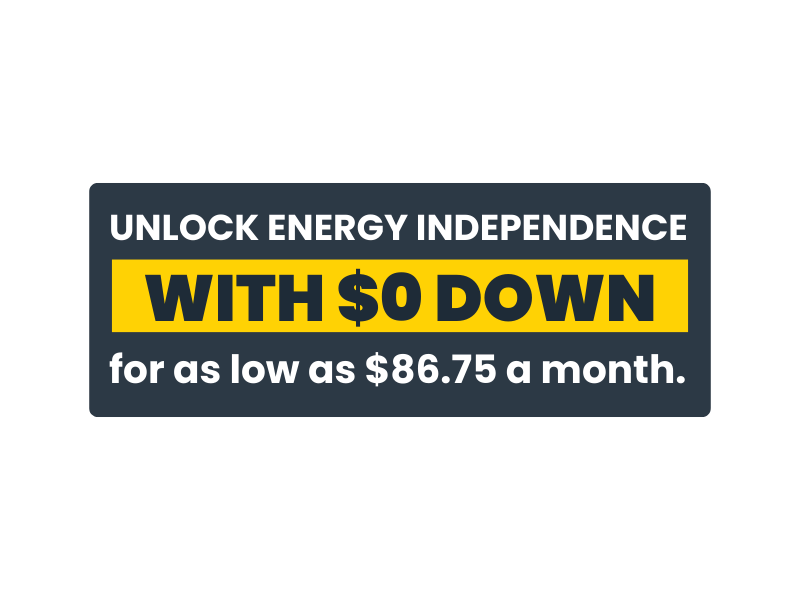Homeowners curious about solar power and electric cars may wonder how the two fit into U.S. energy policy for the long term. In fact, the energy collected in solar panels on a home’s roof is proving capable of powering a home as well as an electric car with energy left over for the local grid. It’s a zero carbon footprint vision that Honda officials are working on as they are evaluating strategies to combine transportation, housing and energy in their efforts to create Honda Smart Homes.
The main automobile companies will move away from internal combustion engines to an electric model by 2035 and the grid would have to be able to fuel all those vehicles. According to a study by economists at Brattle, an investment ranging between $75 to $125 billion will be necessary in the electric power sector to accommodate the projected 20 million electric vehicles (EVs) by 2030.
Charging EVs with Solar and Giving back to Grid
In an experiment being carried out by Honda Motor Company in California, a home with
twice the usual amount of solar panels is collecting more energy than a family would use. To make all that energy collected usable at some point, it stores the power in a small lithium-ion battery pack like those used to power a Honda Fit or Tesla Model S electric car. With a typical surplus of electricity, the home is able to provide energy back into the grid when a utility provider needs it during peak demand.
This experiment suggests Americans may be close to a day when solar power can provide energy for both a home and an automobile. According to the Inventory of U.S. Greenhouse Gas Emissions and Sinks 1990–2021, the transportation sector contributes to 29% of greenhouse gas (GHG) emissions in the United States in 2021. Most of this include light duty vehicles that can be powered by solar energy in future.
Tesla vehicles are also equipped with similar technology called Powershare which have onboard electronics. Using this you can power anything your want whenever you want by unlocking your battery’s ability to provide power. You can power another vehicle, a construction site or even your home with Powershare in your Tesla vehicle.
General Motors has experimented with similar technology in charging stations that could power its electric cars and supply energy for the grid during peak hours. Renewables are seeing the light of day in these elemental aspects of our culture.
A Future of Energy Independence?
Automobiles powered by internal combustion engines have dominated the industry for nearly a century, but car companies like Tesla are proving renewable energy can work both from the production standpoint and in powering the automobiles they manufacture. The Palo Alto-based automaker recently announced Tesla Powerwall 3 which is designed to have an energy capacity of 13.5 kWh.
Once Tesla introduces its affordable electric car, Americans can look toward a future of energy independence. It would begin by powering cars and homes with energy provided by nature, but the battery storage could potentially cut out even more dependence on oil.
Vehicle to grid is another technology that is being used to give power back to the power grid from electric vehicles. With the high capacity batteries that are in your electric cars you can also power your home to give energy to the power grid. This tech can be integrated into batteries and charging stations which can get equipped with software that will communicate with the central grid.
All the while, power sources would be replaced by cleaner alternatives. Coal-fired electricity plants could be replaced by solar and natural gas energy sources. There were two studies reported by The Energy Innovation® comparing the cost of renewable energy and the cost of continuing existing coal plants across the United States. They found that renewable energy replacement was cheaper than the 62% of U.S. coal capacity in their first Coal Cost Crossover report. This increased 10% in the second iteration which found that 72% of U.S. coal capacity was more expensive to run than to replace with renewables.
Homeowners can start on this journey today
The Honda Smart Home was a living laboratory From 2014-2022 that was created to demonstrate the possibility of a zero carbon living. While widespread use of the Honda “smart house” concept is still years off, homeowners are able to tap into solar energy now with a residential installation.
Access to quality sunlight can yield 50-75% of the energy a home needs on an annual basis. The annual return on a solar investment is typically 7%, which makes an investment in solar panels both excellent for the environment and a wise long-term financial move for any family. You can power your home on solar and also use that energy to power your electric vehicle and reduce your carbon footprint considerably, while also giving the extra power back to the grid.
Options in financing as well as tax incentives and loan programs allow for the offsetting of considerable up-front cost of solar panels. There is a bright future ahead for renewable energy. Anyone can get involved in the process, whether it is in an automobile or at your family home.
Get in contact with YellowLite’s solar experts now if you want to learn more about how you can power your home or vehicle with solar power.



